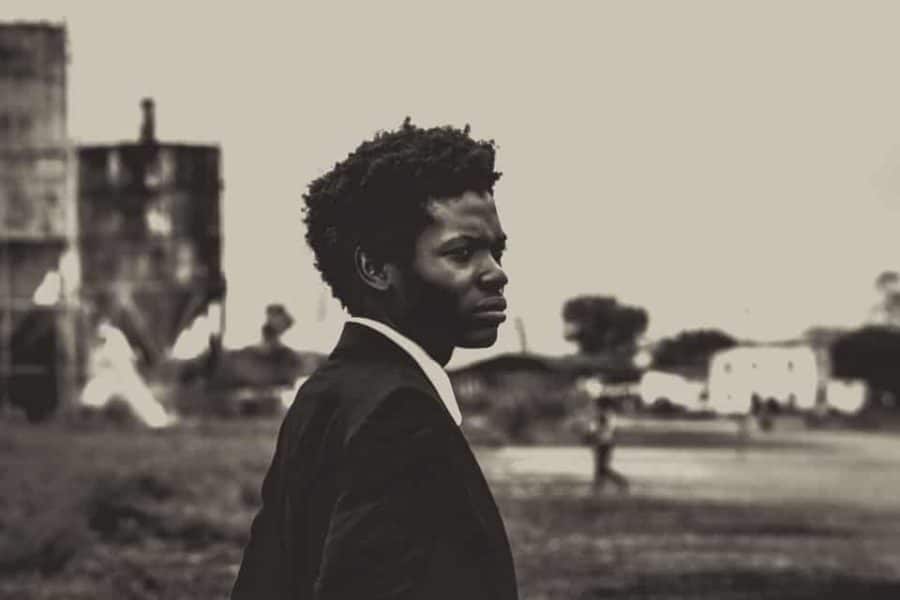A large-scale study from The University of Toledo of young African Americans who have attempted or died by suicide suggests there is a greater need for mental health services in urban school districts, and that we need to do a better job in convincing parents and caregivers to safely secure firearms and ammunition in the home. Taking those measures, Dr. James Price said, could save lives.
Price, UToledo professor emeritus of health education and public health at UToledo, recently authored the largest study to date that examines suicidal behaviors of African American adolescents between the ages of 13 and 19.
The study, which was published in the Journal of Community Health, found the rate of suicide deaths among young black males increased by 60 percent from 2001 through 2017. Researchers documented a 182 percent increase in the rate of suicide deaths of young black females during that same time period.
Georgia had the highest rate in the nation, at 5.8 per 100,000 people, between 2015 and 2017. Following that was Texas, Florida, North Carolina and Ohio.
“There are far more African American adolescents attempting suicide than has been recognized in the past, and their attempts are starting to be much more lethal,” Price said.
Currently, suicide is the second leading cause of death after homicide for African Americans between the ages of 13 and 19, and the rate continues to climb. Equally troubling is that the methods black youth are using in suicide attempts are among the most lethal.
Price and a co-researcher at Ball State University found 52 percent of the 560 males aged 13 to 19 who died by suicide from 2015 to 2017 used firearms — a method for which the fatality rate approaches 90 percent. Another 34 percent used strangulation or suffocation, which has a fatality rate of about 60 percent.
Among the 204 females who died by suicide over that time period, 56 percent used strangulation or suffocation and 21 percent used firearms.
“When we look at research with these adolescents, we find that they report their attempt to suicide is a cry for help. Two-thirds of the kids didn’t really want to die, but they’re using the most lethal form of attempting suicide,” Price said. “If you can have those lethal forms of suicide inaccessible to them, then that period of crisis and not seeing the irreversibility of this impulsive decision will pass. And with adequate mental health services available to young people, you may actually reduce the chance they’ll do that act again.”
Previous surveys have found that among inner-city elementary school students whose parents own a handgun, three-quarters knew where the gun was kept.
Keeping firearms locked away, unloaded and separate from ammunition unequivocally would reduce unintentional firearm injuries and impulsive suicide attempts, Price said.
The research also suggests a far greater need for mental health services in African American communities. Public health researchers have repeatedly documented that black youth are less likely than the youth population as a whole to receive adequate mental health treatment, setting the stage for situations that contribute to self-harm.
“What needs to be done early on is to make sure that young people have adequate access to mental health-care services, and mental health-care services have always taken a backseat to other forms of health care,” Price said. “If you look at where young people in urban areas, especially adolescents, are getting mental health care, it’s in the schools.”
Previous studies have found increasing mental health access in urban public schools could reduce suicide attempts by as much as 15 percent, Price said.
“While that doesn’t solve all the problems, it’s a good first step toward reducing the problem toward severe self-violence,” he said.


